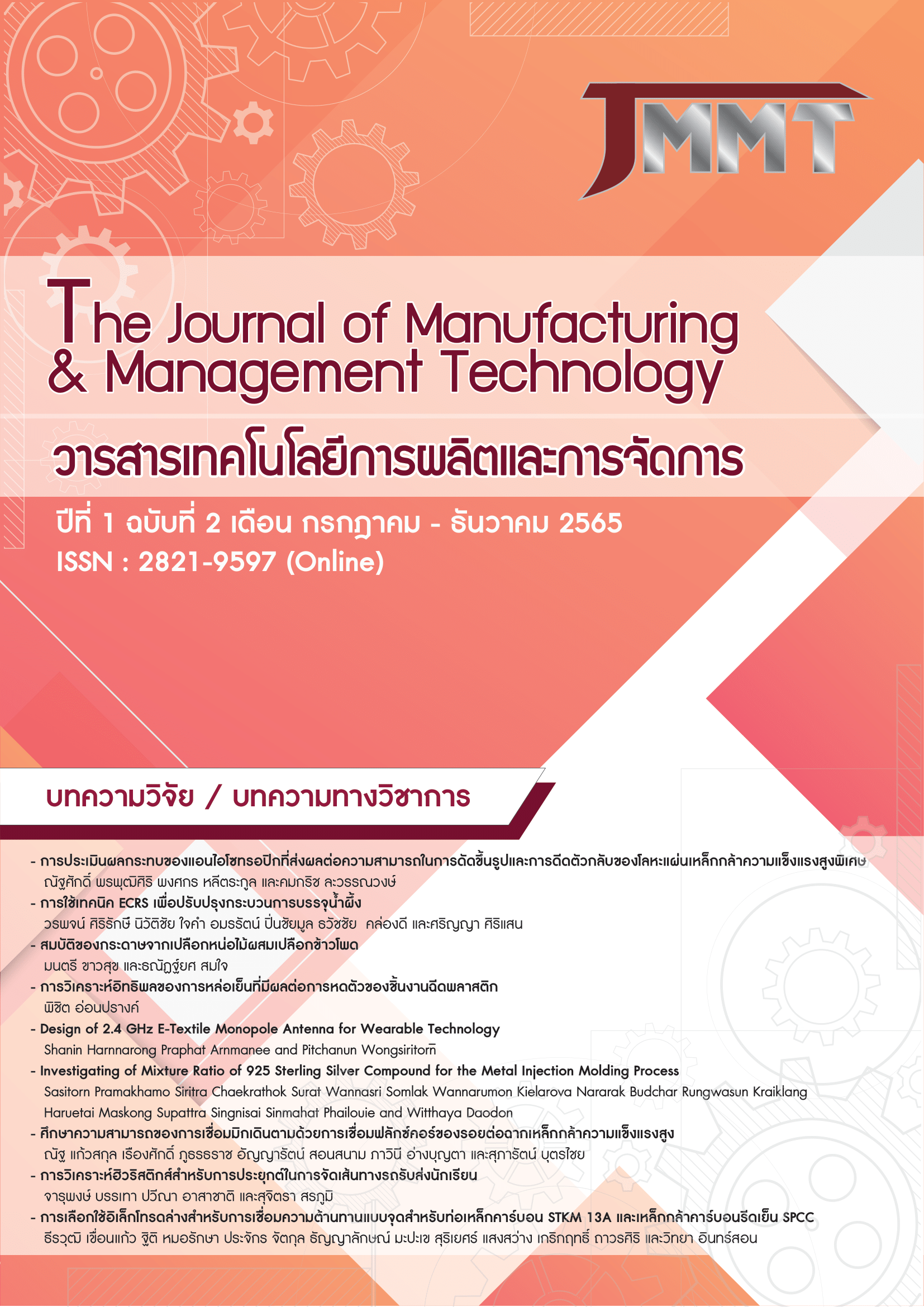An Analysis Heuristics for Application in School Bus Routing
Keywords:
Routing, School Bus, HeuristicsAbstract
This research aims to propose a heuristic method to optimize the routing of student shuttle buses. The study of the problem of arranging the shuttle bus route for school appointments found that, the route to pick up students has a large total distance. As a result, it takes a lot of travel time, and found that the travel of all routes has a limited time. They must arrive at school before 8:00 AM. In addition, found that some routes had more students than the required number of seats. This will affect travel safety. The case study had a total of 346 students per day, 43 pick-up points, including 2 minibuses (12-seat), 2 minibuses (35-seat), and 4 buses (55-seat). The applied 4 heuristics are Nearest Neighbor Heuristic, Clarke - Wright Saving Heuristic, Sweep Heuristic and Cluster First Route Second. The conclusion from the comparison of the results of the experiment provided a result showed that using Cluster First Route Second with a bus to transfer can get the shortest distances in a shorter distance relative to the original route, with a reduction of 287.65 kilometers (28.11% of original route) and no more than the number of seats allowed.
Downloads
Published
How to Cite
Issue
Section
License
Copyright Notice articles, information, images, etc. was published in this Journal of Manufacturing and Management Technology is a copyright of the Journal of Manufacturing and Management Technology. If any person or deparment wants to bring all or part of it for publish or take any action. Authorization is required in written form from the Journal of Manufacturing and Management Technology only.



